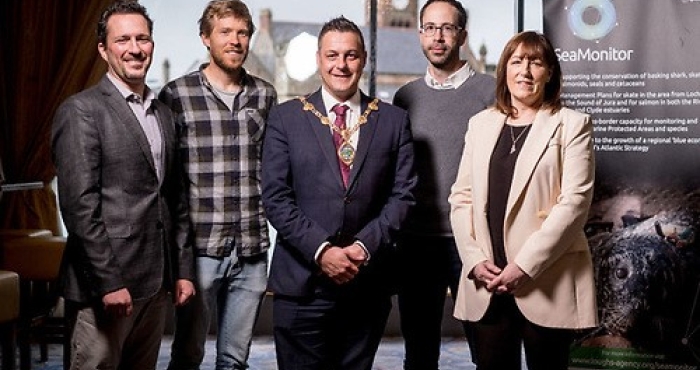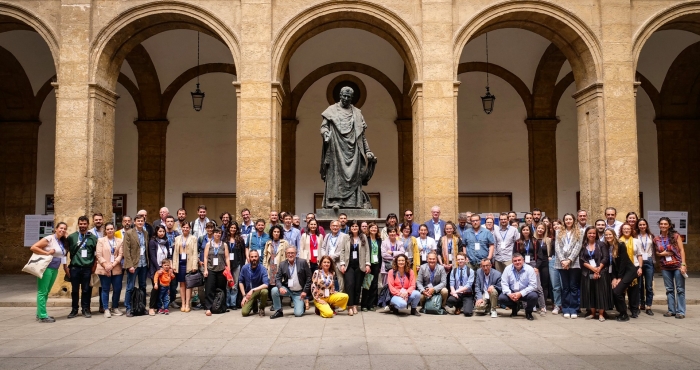

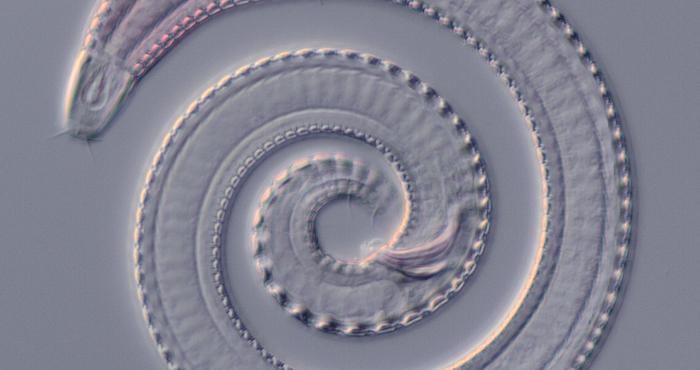
WoRMS Philanthropy grants 2022
During 2022, the VLIZ Philanthropy program was able to issue three grants to support WoRMS editors in making WoRMS more complete. This resulted in about 18.000 edits and additions to WoRMS and its sub-registers.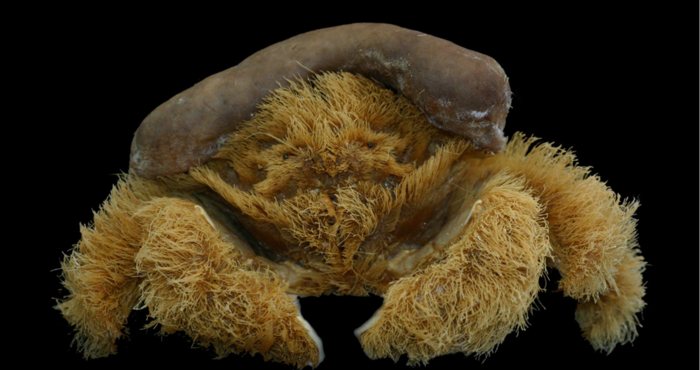
WoRMS press release: Ten remarkable new marine species from 2022
As for previous years, the World Register of Marine Species (WoRMS) has again released its annual list of the top-ten marine species described by researchers during the past year to coincide with World Taxonomist Appreciation Day on March 19th!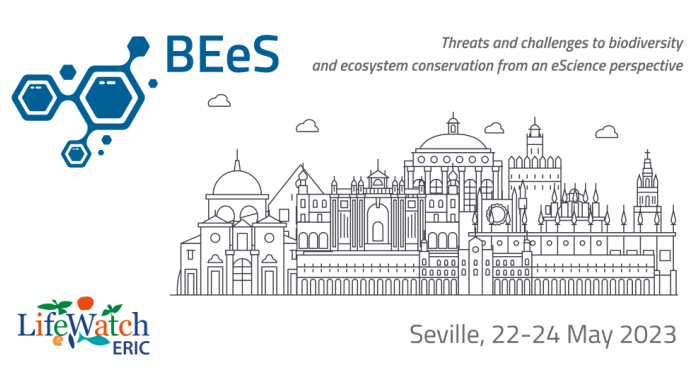
Call for Abstracts: The LifeWatch ERIC BEeS Biodiversity & Ecosystem eScience Conference
Roll up, roll up! Abstracts are now open for the LifeWatch ERIC "BEeS” Biodiversity & Ecosystem eScience Conference “Threats and challenges to biodiversity and ecosystem conservation from an eScience perspective”, which is scheduled to coincide with Biodiversity Day 2023.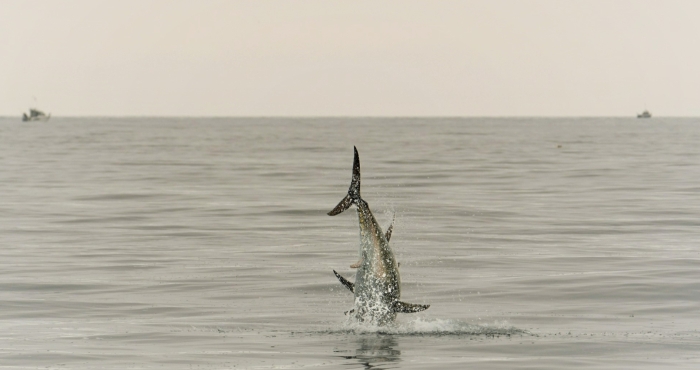
3.5 million project aims to solve mysteries about fish migration through main European swimways
A new EU-funded project, STRAITS, will equip all four corners of Europe to track aquatic life in an effort to better understand their biology and ecology, and aid in conservation and management.
Explore the traits in WoRMS and Aphia with a brand-new R Shiny application
With this new R Shiny application, you can explore all trait information in the World Register of Marine Species (WoRMS) and its underlying Aphia database in a more advanced way, for instance by combining different traits and combining traits with standardized distributions.
Call for nominations for the WoRMS Top-Ten Marine Species of 2022
Once again taxonomists have continued to publish many wonderful new species throughout the last year. As we approach the end of 2022 it is time to think about nominations for The WoRMS Top Ten Marine Species of 2022!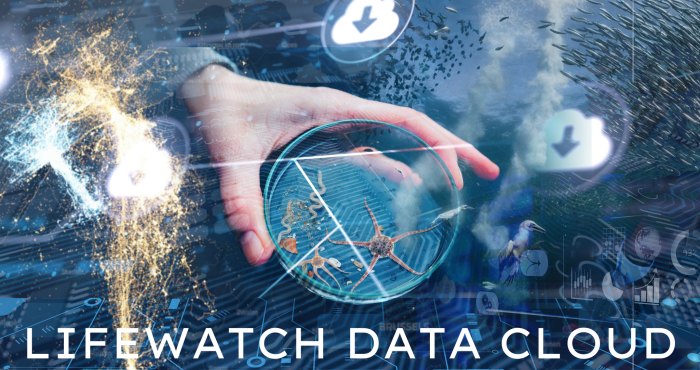
The LifeWatch Data Cloud is launched!
This summer the LifeWatch Data Cloud was launched as a user-friendly platform for researchers who are looking for data to perform biodiversity and ecosystem research. In the background, the LifeWatch Data Cloud is using the Flemish Supercomputer Center (VSC) resources to provide the users with a performant infrastructure. Let’s try it out immediately at https://datacloudmi.lifewatch.be!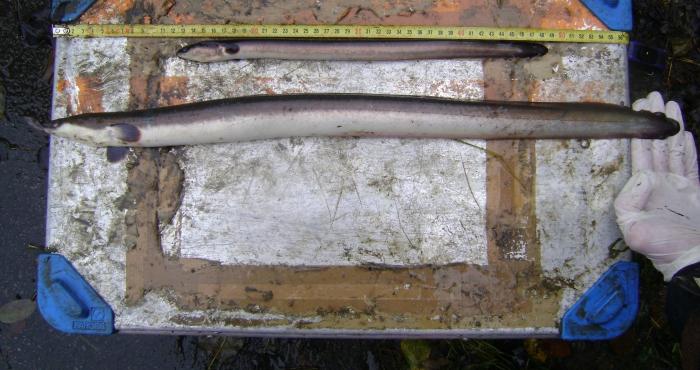
Taxonomy and beyond: ecological trait information in Aphia and WoRMS
In recent years, the WoRMS editors and Data Management Team have made collective efforts towards documenting the following species traits information in Aphia and WoRMS: environment (99,5% complete), functional group (76% complete), qualitative (45% complete) and quantitative body size (9% complete) (percentages are for accepted species in Aphia). The availability of these traits greatly enhances the usability and utility of WoRMS towards ecologists and the public at large.